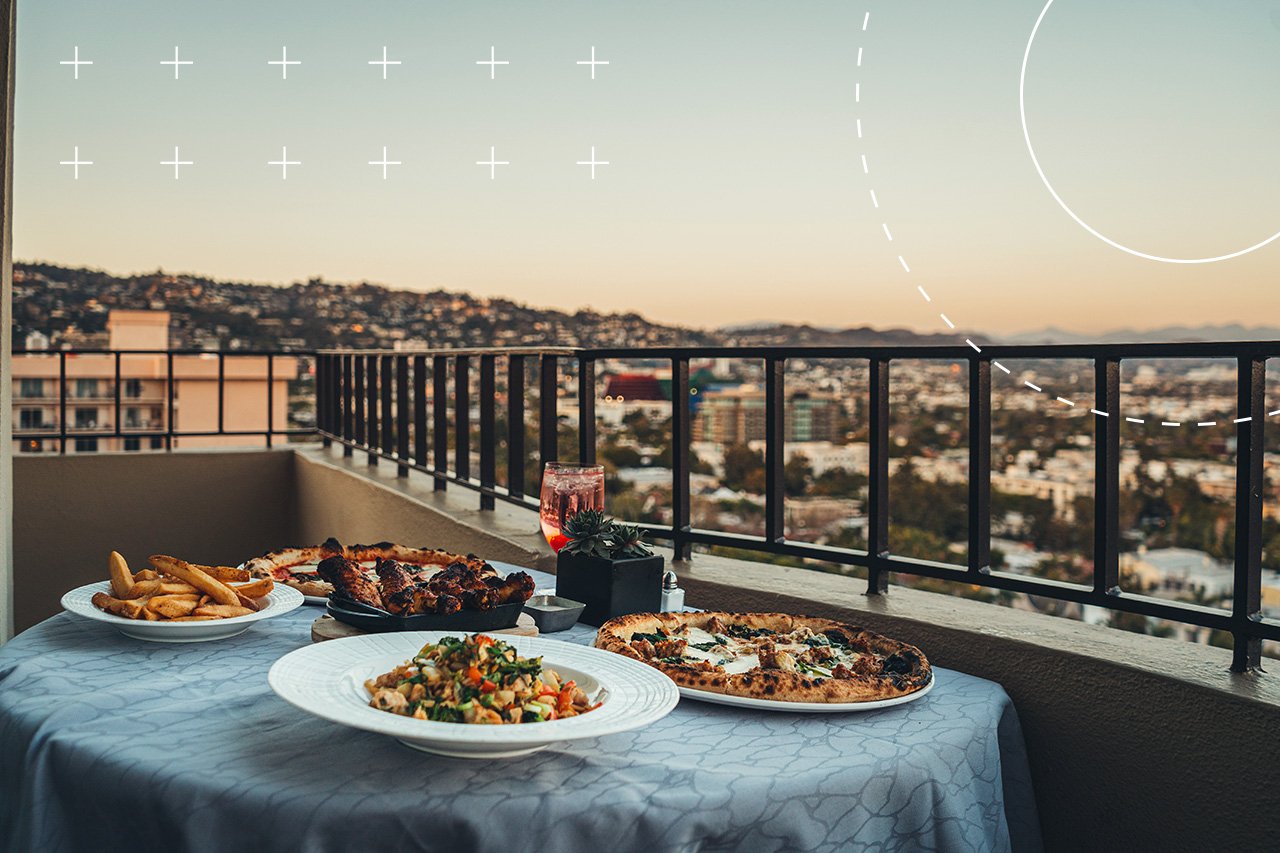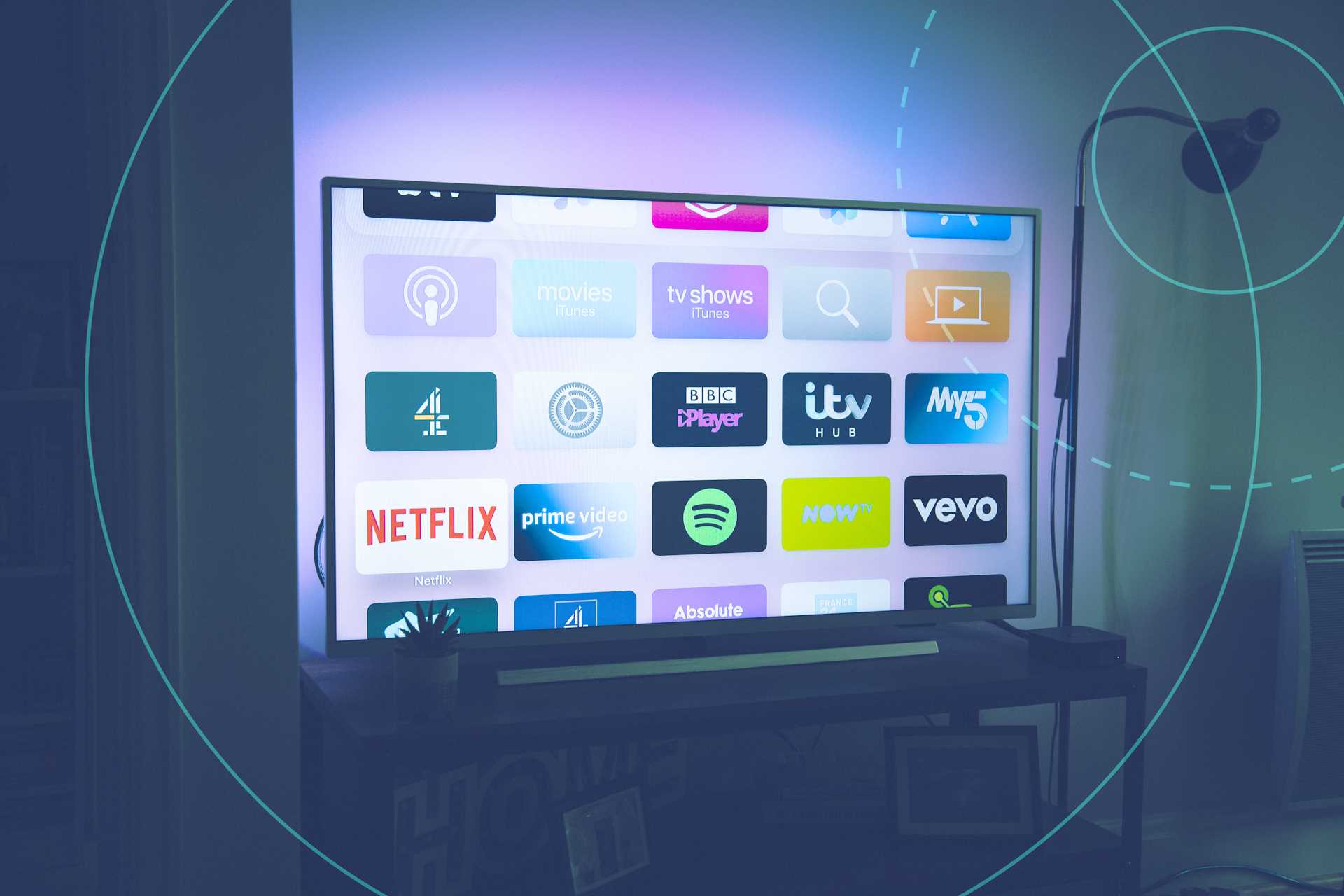Digital trends and consumer preferences are evolving rapidly in the food and beverage industry, and influencer marketing is becoming a potent force. Brands can now use the vast reach of social media to tap into the influential voices of content creators, food bloggers, and social media influencers to shape their digital marketing strategies.
Influencer marketing for food and beverage brands can be difficult and labor-intensive, but rewarding for your marketing efforts. Let’s walk through strategies for choosing the right influencers and marketing channels for your brand, crafting those campaigns, and measuring success.
Choose the Right Influencers for Your Food Brand
Selecting the right influencers for your food brand can significantly impact your brand's identity, reach, and social media presence. Navigate the process of choosing the best food influencers that align seamlessly with your brand's values and resonate with your target audience.
Understand Your Target Audience
Choosing the right influencers starts with intimately understanding your target audience. Consider the demographics, preferences, and behaviors of your ideal consumers. Whether your audience is full of millennials with adventurous taste buds or health-conscious Gen Z folks, aligning with influencers who mirror these characteristics will ensure a more authentic connection.
Explore Micro and Macro-Influencers
The range of influencers is diverse and offers a spectrum from micro to macro-influencers. Micro-influencers often have niche followings and can foster a more intimate connection with their audience. On the other hand, macro-influencers boast larger followings and offer a broader reach for larger companies like McDonald’s or e-commerce giants. However, striking a balance between the two levels of influencers can amplify your restaurant, supermarket, or food brand’s visibility and engagement.
Align With Foodie Content Creators
Authenticity is key in the food and beverage industry. Collaborating with genuine influencers who are foodies with a passion for culinary experiences ensures your branded content is presented in a relatable and sincere way. Look for influencers who accurately showcase your services or new products and share a love for the gastronomic world.
Use Multiple Social Media Platforms
Influencers thrive on various social media platforms, with their different strengths apparent on each channel. While Instagram influencers excel at sharing visually appealing food content, platforms like TikTok have emerged as dynamic spaces for quick, engaging videos for restaurant marketing. Understanding where your target audience spends their time online and selecting influencers active on those platforms broadens your brand's exposure and boosts your word-of-mouth efforts.
Assess Engagement Rates and Authenticity
Numbers are important, but they aren't everything. Assess the engagement rates of potential influencers to gauge the authenticity of their influence and decide if a sponsored post is worth it. An influencer with a small but highly engaged audience often yields better results than one with a larger, disengaged following. Consider metrics like comments, likes, and shares to measure the depth of connection they have with their audience.
Tap Into Successful Influencer Marketing Campaigns
Explore previously successful influencer marketing campaigns within the food and beverage industry to identify influencers who have successfully collaborated with brands similar to yours. Learn from their experiences and observe the impact of their campaigns to guide your partnership selections to those with a proven track record of delivering results.
Craft Successful Food Influencer Marketing Campaigns
Selecting the right influencers leads to the next step: Crafting campaigns that capture attention and resonate with your audience. Successful food influencer marketing campaigns are a blend of strategic planning, engaging content creation, and relying on the unique strengths of your chosen influencers.
Leverage Video Content
As attention spans shorten, video content becomes more important. Collaborate with influencers to create videos showcasing your food products or services in action, from recipe demonstrations to a behind-the-scenes look at your production process. Video content on platforms like TikTok and Instagram can significantly enhance engagement.
Harness User-Generated Content
Encourage influencers to involve their audience in the creative process to produce user-generated content. Contests, challenges, or simply asking followers to share their experiences with your products can generate a sense of community. User-generated content serves as an authentic testimony that amplifies brand awareness.
Use Hashtags for Visibility
Developing unique and memorable hashtags to accompany your influencer marketing campaigns helps boost visibility to get your messaging in front of more people. These hashtags unify the campaign and make it easier for your audience to participate and share their experiences. Use branded hashtags consistently across platforms to create a cohesive online presence for your brand.
Diversify Your Social Media Platforms
Switch up your campaigns across various social media platforms to maximize reach. Tailor your content to fit the unique characteristics of each platform and amplify your brand's presence across the social media landscape.
Align Campaigns With Brand Values
Ensure your influencer marketing campaigns align with your brand values and messaging, whether the messaging is about sustainability, quality, or a commitment to health. Weaving your values into campaign narratives adds depth and resonance, and consumers today are investing in the ethos behind the brand as much as they’re just buying a product.

Metrics for Food and Beverage Influencer Marketing
As your food influencer marketing campaigns unfold, your strategy hinges on measuring and analyzing key metrics. This stage isn’t just about numbers. It’s about understanding campaign impact, refining your approach, and ensuring that every campaign contributes to the growth of your brand.
Analyze Engagement Rates for Authentic Connections
A primary metric to track is the engagement rate. Beyond the sheer number of followers, understanding how active an influencer’s audience is when interacting with partnership content is crucial. High engagement rates indicate an invested audience, and this metric is particularly important for working with smaller, niche influencers.
Track Real-Time Metrics and Get Dynamic
Real-time metrics play a pivotal role in social media, and keeping an eye on real-time data allows you to make dynamic adjustments to your campaigns. If a particular piece of content doesn’t resonate as expected or if there's an opportunity to capitalize on a trending topic, real-time metrics enable you to quickly shift your strategy.
Collect Demographics for Future Campaigns
Review the demographics of the audiences engaging with your influencer content. This insight helps to tailor future campaigns and ensure your message reaches the right ears. Knowing the age, location, and interests of your audience helps in tuning your influencer marketing strategy to align with the preferences of your target demographic.
Measure Brand Loyalty With User-Generated Content
Assess how often users are creating content in response to your campaigns. The more they actively participate, the deeper the connection. User-generated content serves as a testament to brand loyalty and can indicate the success and resonance of your influencer marketing efforts.
Explore New Audiences and Markets
Metrics help evaluate past performance while introducing future opportunities, so keep an eye on metrics that indicate audience expansion. If your influencer marketing campaigns are attracting new audiences or penetrating untapped markets, it's a sign that your brand is successfully broadening its reach within your industry.
Understand Campaign Impacts on Brand Awareness
Gauge the impact of influencer marketing on your brand's overall awareness. Brand mentions, reach, and sentiment metrics analysis can provide insights into how your brand is perceived. An increase in brand awareness is often a direct result of effective influencer marketing campaigns that resonate with audiences.
Evaluate ROI and Conversion Rates
Ultimately, a large part of influencer marketing campaign success is measured by the impact on your bottom line, so ensure you evaluate the return on investment (ROI) and conversion rates stemming from influencer-led initiatives. By tracking the conversion journey from awareness to purchase, you can assess the tangible business impact of your influencer marketing strategy.
It's Tastemaking Time
Influencer marketing is more than a buzzword. It's a practical game-changer in the food and beverage industry. From choosing the right influencers and crafting engaging campaigns to measuring metrics, this approach delivers tangible results and drives connection with your audience through authentic content across social platforms like TikTok and Instagram.
Success lies in understanding your metrics, refining strategies, and building lasting connections. In a crowded space, influencer marketing is a direct route to the hearts and taste buds of your target audience.
Embrace the power of TV advertising, and elevate your food and beverage marketing strategy to new heights with tvScientific.





